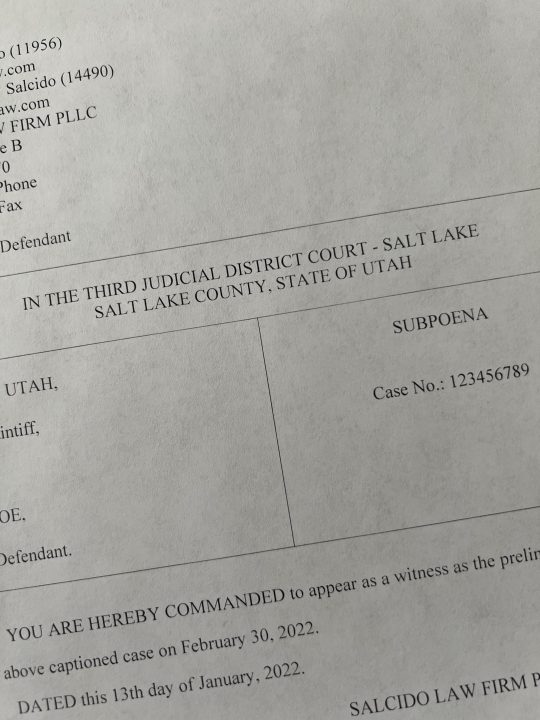
When people think about impaired driving most people think of the typical alcohol-induced DUI, but drugs are involved in almost as many impaired driving cases. There are some tests that have been developed specifically to detect the involvement of drugs in an impaired driving case. The test is called a drug recognition evaluation or DRE. There are 12 basic steps that a certified DRE law enforcement officer will go through to determine if someone is impaired by drugs.
- Breath Alcohol Test – This is the first thing a DRE officer will do to determine a suspect’s BAC. This will help determine whether alcohol is the culprit in the driver’s impairment.
- Interview of the Arresting Officer – The DRE officer will interview the arresting officer as soon as possible to gather what the arresting officer witnessed.
- Preliminary Examination – This is a physical examination to determine the physical signs of impairment.
- Eye exam – This includes three different examinations include the horizontal gaze nystagmus (HGN – also used to determine the presence of impairment by alcohol); the vertical gaze nystagmus (VGN); and lack of convergence.
- Psychophysical Tests – This includes four different tests: (1) The Romberg Balance test; (2) the walk-and-turn test; (3) the one leg stand test; and (4) the finger to nose test.
- Vital Signs – drugs can affect the vital signs in a number of different ways and the vital signs can tell the trained officer what types of drugs may be in the suspect’s system.
- Dark room – The officer tests how the eyes react to light.
- Muscle Tone – This involves probing the muscles of the arms to determine the rigidity or flaccidity of the muscles.
- Look for Injection Sites – The officer will inspect the suspect for injection sites to see if he had been using needles to inject drugs into his system.
- Suspect’s Statements – The officer will then interview the suspect in attempt to gather incriminating statements from him.
- Documenting Opinion – The officer will then document his opinion as to the impairment of the suspect and which drugs may be the cause for impairment.
- Toxicology – A chemical test, such as a blood test, will be performed to determine the presence of controlled substances in the blood.




